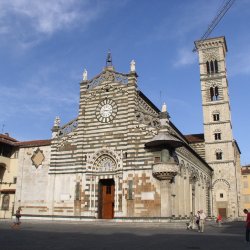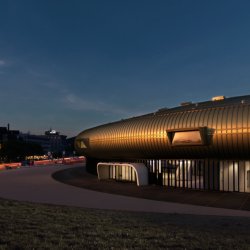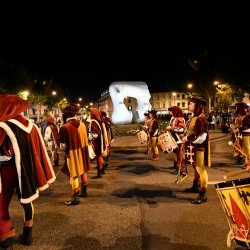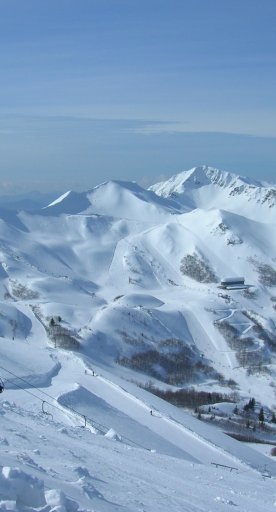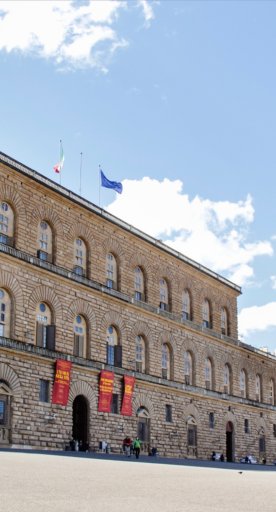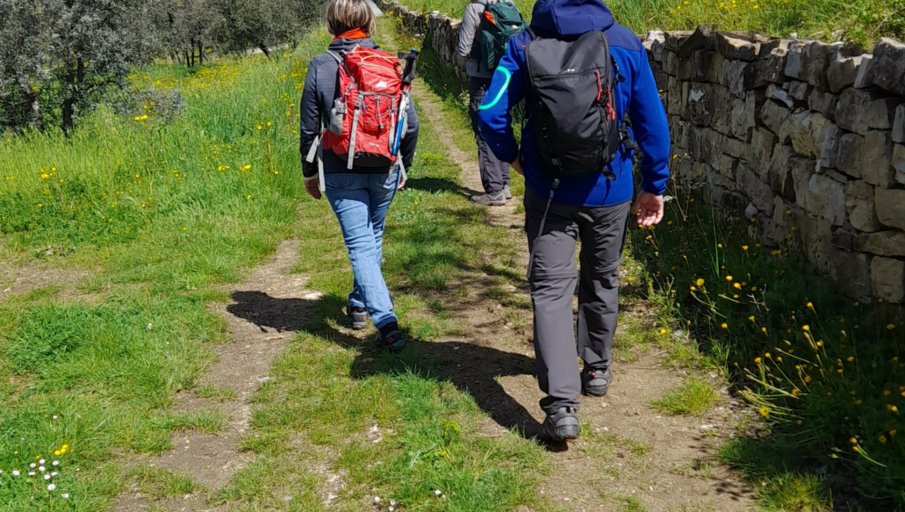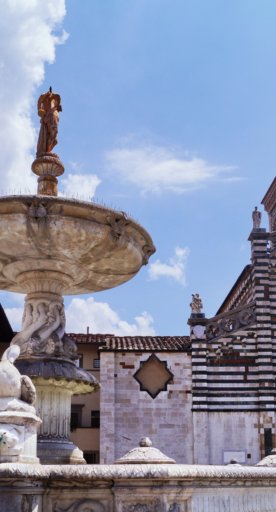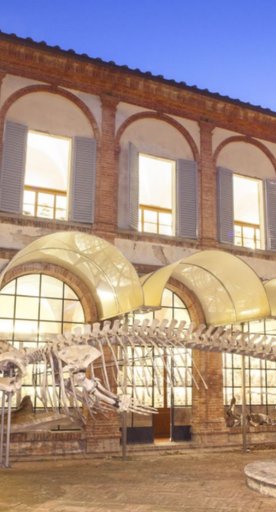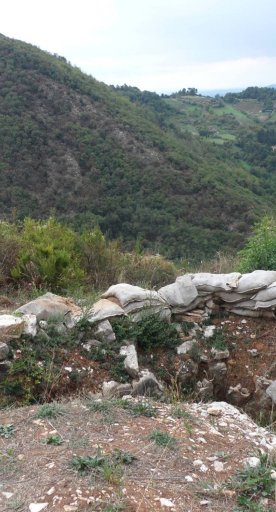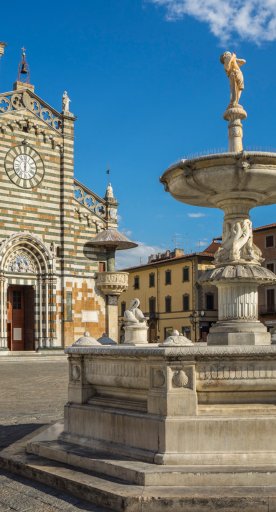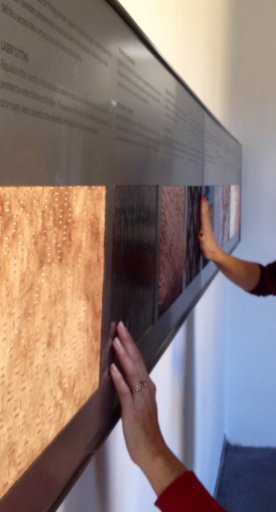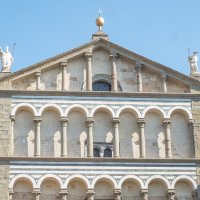
A short tour in and around Prato, between past and future
Art, culture and food in a multiethnic town where history and modern life meet
A few kilometers from Florence, you can find the multiethnic Prato, a vibrant town that knew how to introduce contemporary elements into its historical features in order to blend traditions and modern-day life. Prato offers historical attractions such as an Etruscan path, Medici villas and contemporary museums but it's also famous for its textile industry and its fine food and wine. You can take a stroll through the streets, hopping between medieval castles, Renaissance churches and historic buildings, but also choose to explore the surrounding nature. Whether you want to take an evening walk along the River Bisenzio or get outside the medieval walls, you’ll find no shortage of outdoor activities for spending a day under the sun.
So, if you’ve decided to visit Tuscany but you’re still trying to figure out your complete itinerary, consider adding Prato to your list. This city is one of the closest to Florence, and its countryside is rich with villas and wine production. The city center is a pedestrian space, with great shopping, pastry bars, plenty of churches and medieval palazzi (like Palazzo Pretorio and Palazzo Datini) to visit.
First of all, visit the Duomo, one of the oldest churches in the town. It was completed in the 14th century, its façade and sides are covered in bichrome marble (a traditional architecture feature in Prato). Inside, the altar is decorated with an important fresco cycle by Filippo Lippi, while outside there’s a pulpit designed by Donatello and Michelozzo from which the most important relic (the cintola) is shown on special days. The low-relief panels by Donatello are conserved in the Opera del Duomo museum next to the Cathedral.
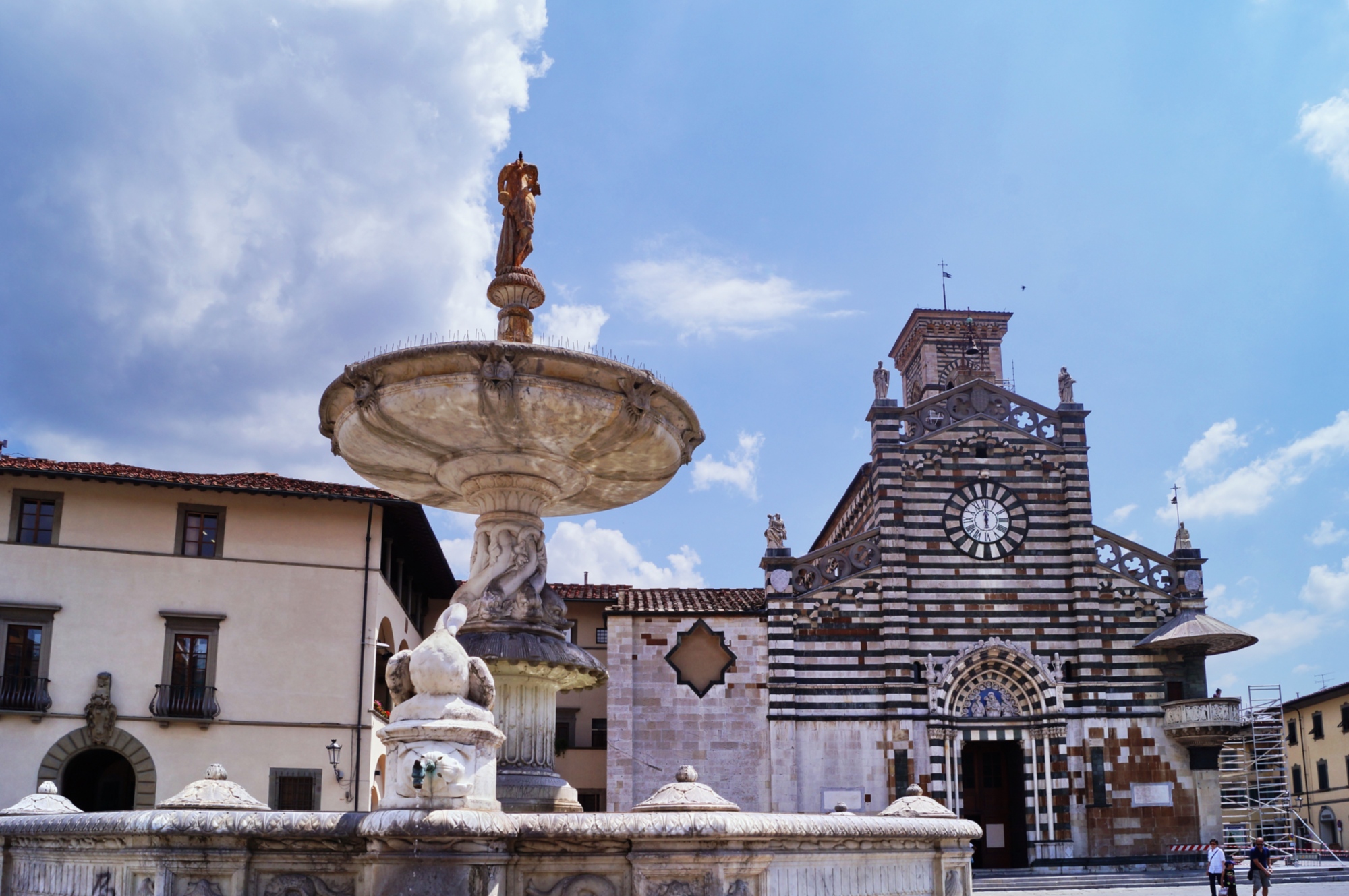
Another historical monument is the Castello dell’Imperatore, the only example of Swabian architecture in this part of Italy. The complex has a square plan with towers on the corners and was designed by Riccardo da Lentini (1237/1248) upon commission by Emperor Frederick II, who died before seeing it completed. The imperial symbols abound here are the sculpted lions that flank the entrance.
But if you prefer the modern side of the town, visit the productive heart of the city with the Museo del Tessuto (textile museum) in an ex-textile factory called Cimatoria Campolmi. This museum preserves documents and samples of the city’s fabric works from the 5th century to the present day, as well as temporary exhibitions.
In Prato there's also a "futuristic" place that collects the contemporary art from all around the world:it's the Pecci Centre for contemporary art. includes more than 1,000 artworks by over 300 artists: sculptures, installations, paintings and videos carried out from the 1950s up to today.

The history of Prato’s countryside is equally rich. In Poggio a Caiano and Artimino there are two Medici Villas that are UNESCO World Heritage Sites. The first was designed by the architect Giuliano da Sangallo and was commissioned by Lorenzo de’ Medici and his heirs (1445/1520). It’s a masterpiece of balanced architecture that fuses classicism with rural building styles, creating an elegant country villa. Its interiors are decorated in various styles, including important Mannerist frescoes by Jacopo Pontormo who depicted the allegory of Vertumnus and Pomona.

The other one is the Medici Villa la Ferdinanda in Artimino, just a few miunutes drive away. It was made by Bernando Buontalenti, official architect of the Grand Duke Ferdinando I de' Medici (1596-1600). The building has a rectangular plan with fortifications at the corners and bastions on the façade, creating an imposing feeling. Due to the many fireplaces inside – one for each room – the building has a lot of chimneys, earning it the nickname Villa dei cento camini, villa of the hundred chimneys, even if they are actually less. The idea was to properly control the heat in each room, since this villa was used by the Medici family in the winter. The villa is currently used for weddings and private events.

The area of Carmignano - in which this villa is - is famous not only for its Medici history but also for its particularly good food. We thus suggest you do your best to try some of its local products and you won’t be dismayed! The Strada dei Vini di Carmignano e dei Sapori tipici pratesi is an itinerary that takes you to producers and sellers of some of the local wines and products. Carmignano DOC and DOCG wines, extra virgin olive oil, the famous biscotti from Prato (known as cantucci in Italian), unsalted Bozza Pratese bread, Cinta Toscano DOP sausages and other kinds of meats are all reasons for a visit, or excuses for a picnic if the weather is right! We suggest preparing your basket with 2 slices of bozza pratese and some mortadella di prato, a local Montalbano red wine, and a dessert of cantucci with fichi di Carmignano, deliciously sweet dried figs. If you’re still up for it, take a hike on one of the many marked trails nearby.

Tuscany teaches the good life with this kind of combination of history and food culture. Experiencing an itinerary like this in Prato, you can appreciate the antique history, its current, long-rooted traditions and the contemporary art and craft. Prato landscapes feed the eyes and soul, the welcoming nature of the people and the delicious food make Prato an unmissable destination in Tuscany.
What’s nearby?




